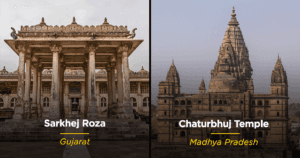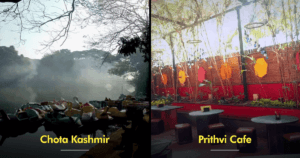India’s unique historical and cultural set-up afford it the benefit of being one of those countries where almost every state holds a beautiful, important, and culturally rich heritage site. In fact, it has 37 UNESCO World Heritage Sites, and yet, barring a few famous monuments, we are not aware of them.
Here are India’s lesser-known historical sites that every traveler and history lover must visit:
1. Indus Valley Excavation Site in Lothal, Gujarat
Excavation site for the ancient Indus Valley Civilization, Lothal is approximately a two-hour drive from Ahmedabad. Discovered in 1954, the site today holds ruins of the ancient civilization’s coastal trading center. The site also has a small museum that holds excavated objects such as jewellery, work tools, and even skeletal remains.
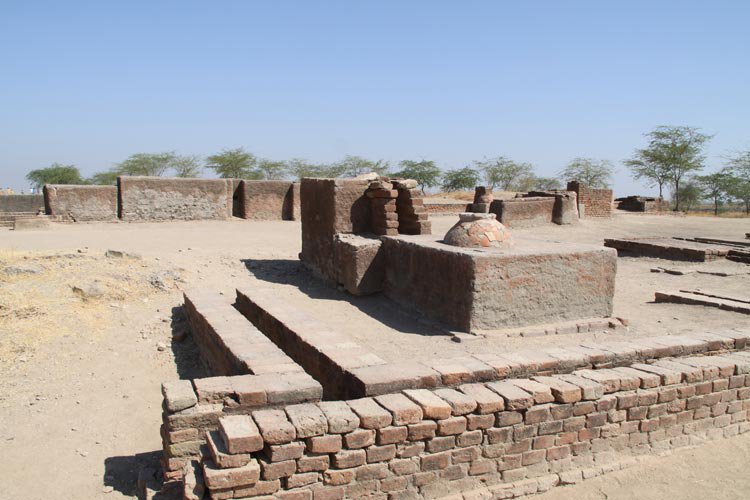
2. Three Ancient Temples in Krimchi, Jammu & Kashmir
The site of one of the oldest temple complexes in India, Krimchi is a tiny village located in Udhampur district. It houses the ruins of Three Ancient Temples, believed to have been originally constructed in the 11th -12th century AD. Dedicated to deities like Ganesh, Shiva, and Parvati, the temple architecture has a strong Greek influence. It’s supposed to be one of the places in India where Pandavas resided during their exile, as per the Mahabharata.
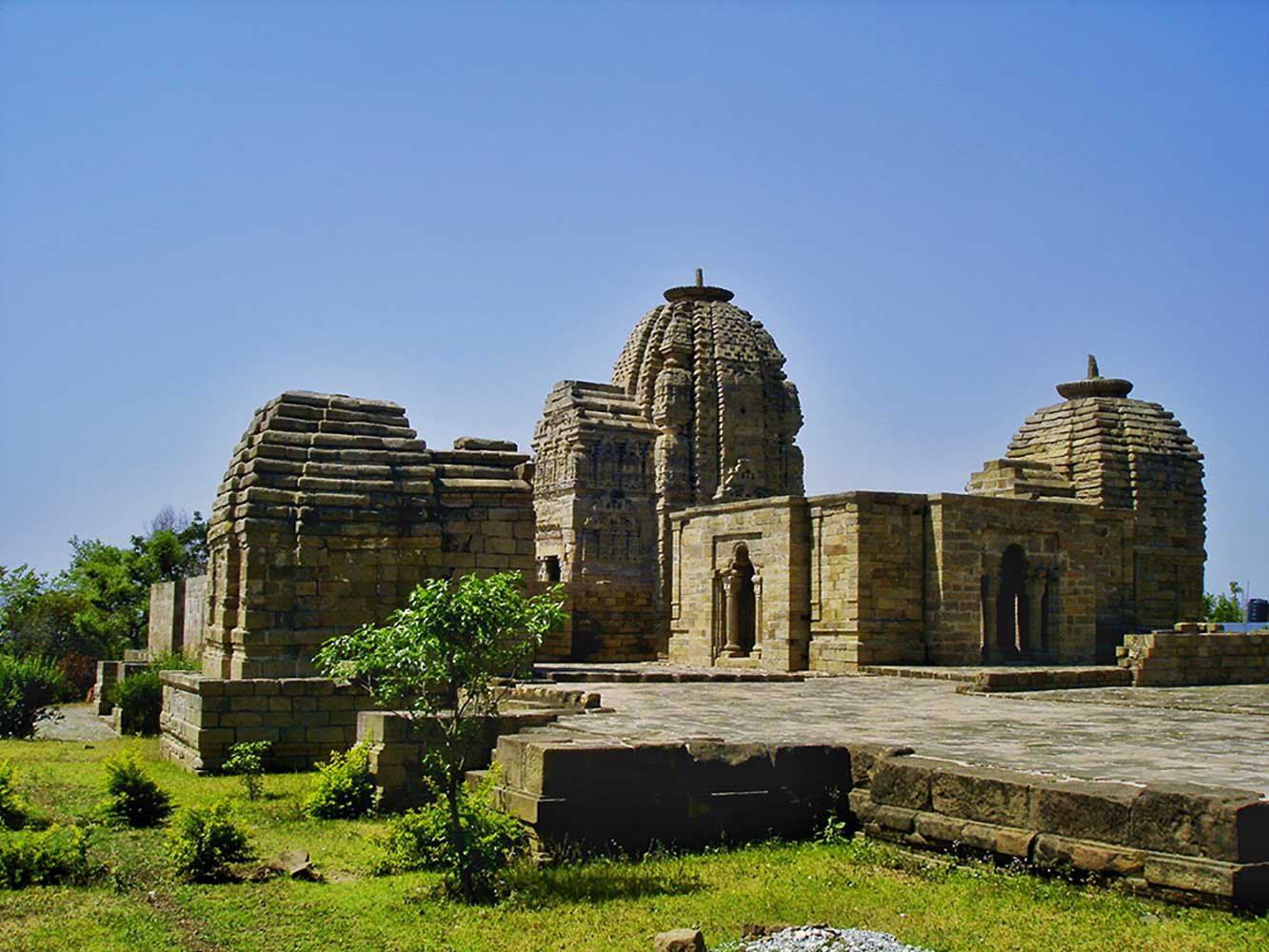
3. Masrur Temples in Kangra, Himachal Pradesh
One of the most popular districts in Himachal Pradesh, most people are only aware of the district’s headquarters, Dharamshala. However, Kangra is also home to the Himalayan Pyramids, the Masrur Temples. Though subjected to severe ruin due to natural calamities, the rock-cut Hindu temples of the eighth century still stand as a tall symbol of ancient culture and architectural heritage.
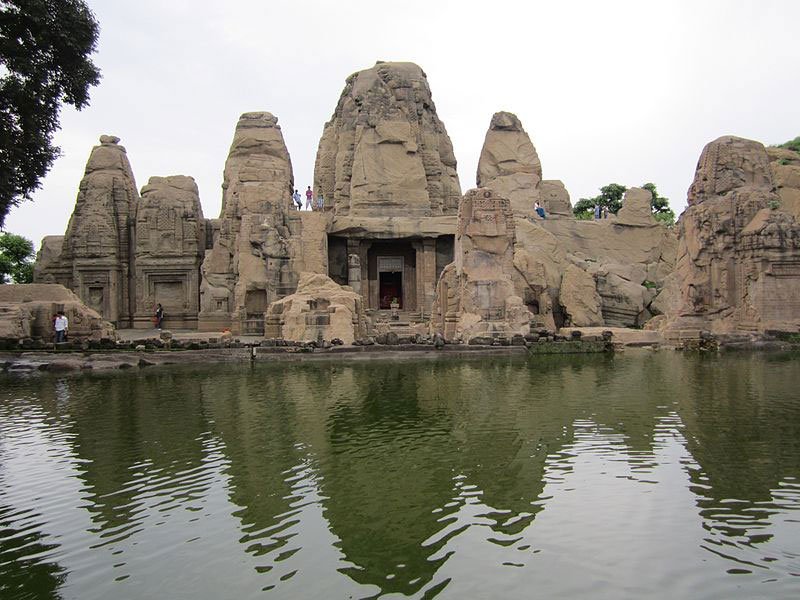
4. Bhimbetka Rock Shelters in Bhopal, Madhya Pradesh
A UNESCO world heritage site, the rock shelters at Bhimbekta are an approximately two-hour long drive from Bhopal. This structure is prime evidence of Stone Age and indicates the existence of earliest human life on the Indian subcontinent.
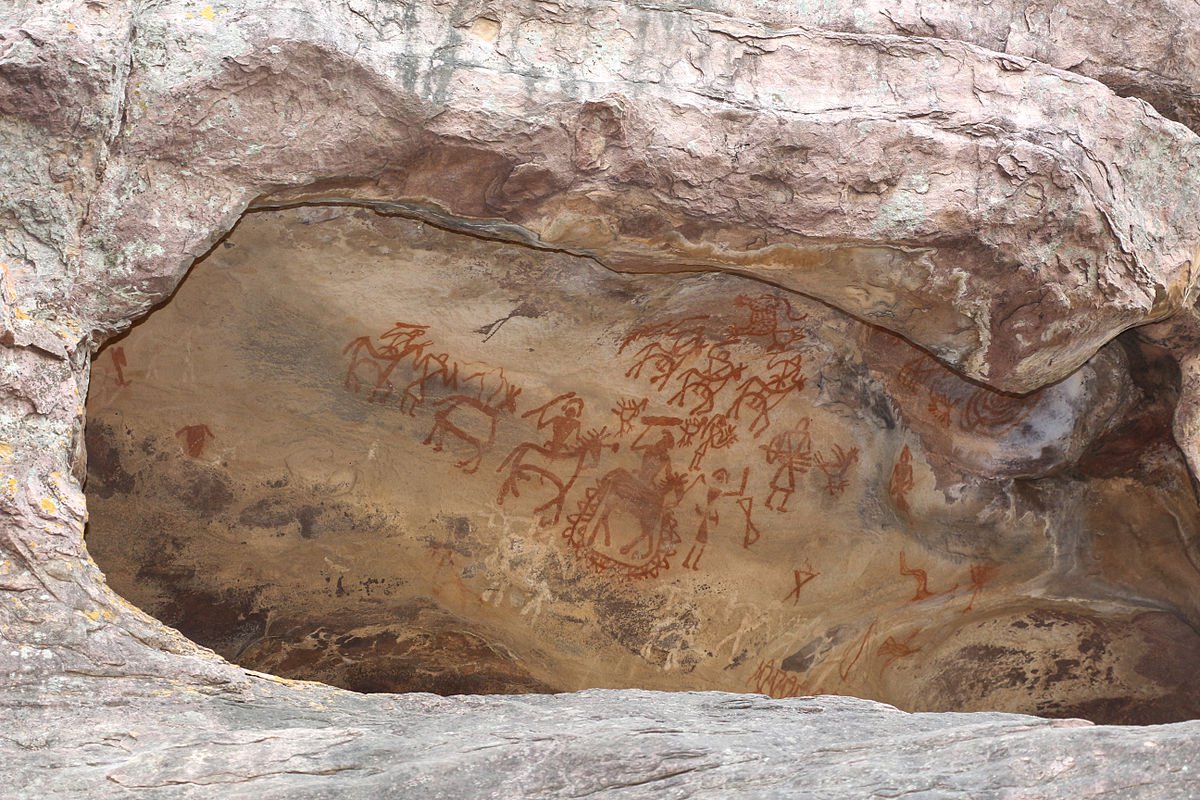
5. Asigarh Fort in Hansi, Haryana
About 135 Kms from Delhi lies the Asigarh Fort, better known as Prithviraj Chauhan Ka Qila. Spread over 30 acres, it’s a centrally protected monument under ASI and was the site of discovery for ancient coins of the period before Christ and 57 bronze images of Jain thirthankars.
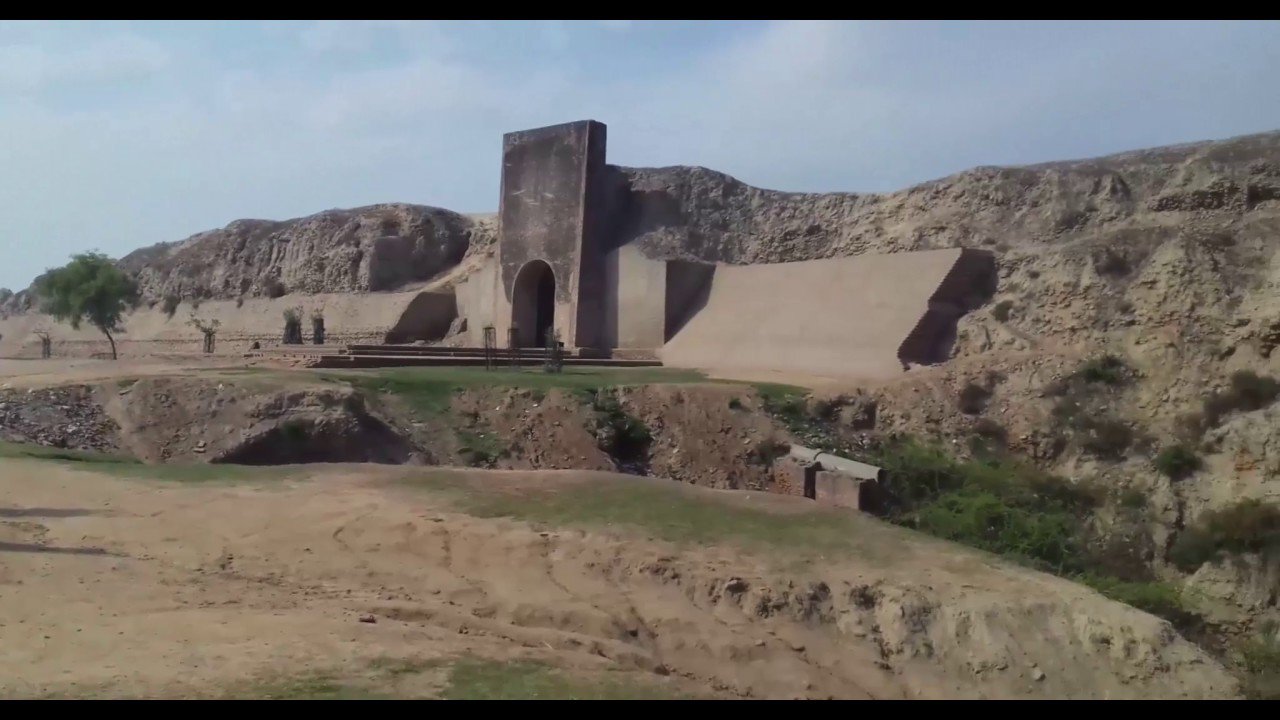
6. Shettihalli Rosary Church in Hassan, Karnataka
Built in the 1860s, the Shettihalli Rosary Church is a fine example of Gothic Architecture. It was abandoned after the construction of the Hemavati Dam and Reservoir in 1960. Today it’s popularly known as The Floating Church since it submerges in water during Monsoons every year. It is ideally suggested to visit the place twice to take in its serene beauty during and after Monsoons.
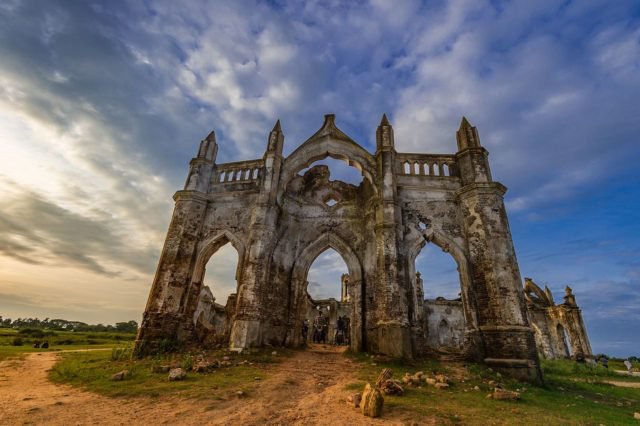
7. Rani ki Vav in Patan, Gujarat
The ancient stepwells of India are truly a sight to behold. And Rani ki Vav in Patan is one of the most beautiful structures that is a testament to the expertise of ancient architecture. A UNESCO’s World Heritage Sites, the beautiful structure holds more than 500 intricately carved sculptures.
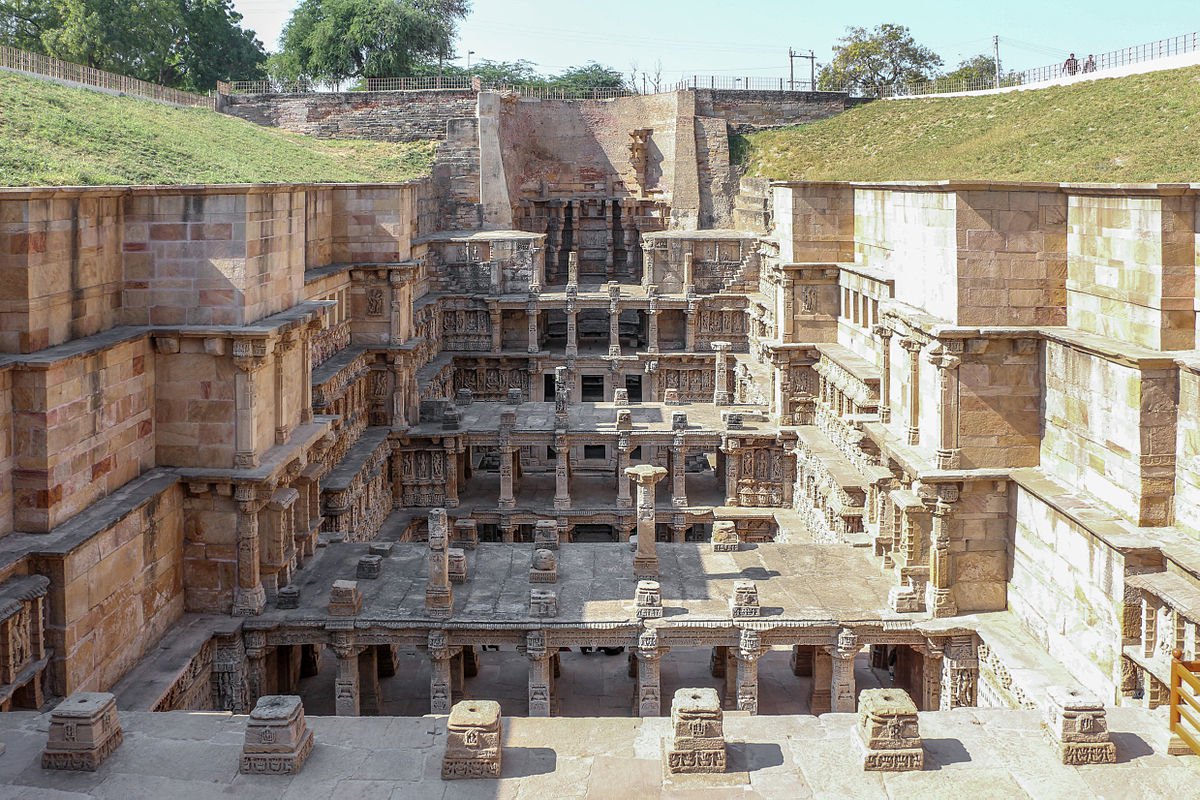
8. Sarkhej Roza in Ahmedabad, Gujarat
Once a prominent center of Suif culture in the city, the Sarkhej Roza is a tomb and mosque complex, representative of the early Islamic architectural culture. A grand structure, today only the mosque and tomb are adequately preserved, while the accompanying area shows signs of ruins. However, the complex also houses a library where ancient literary text is displayed.
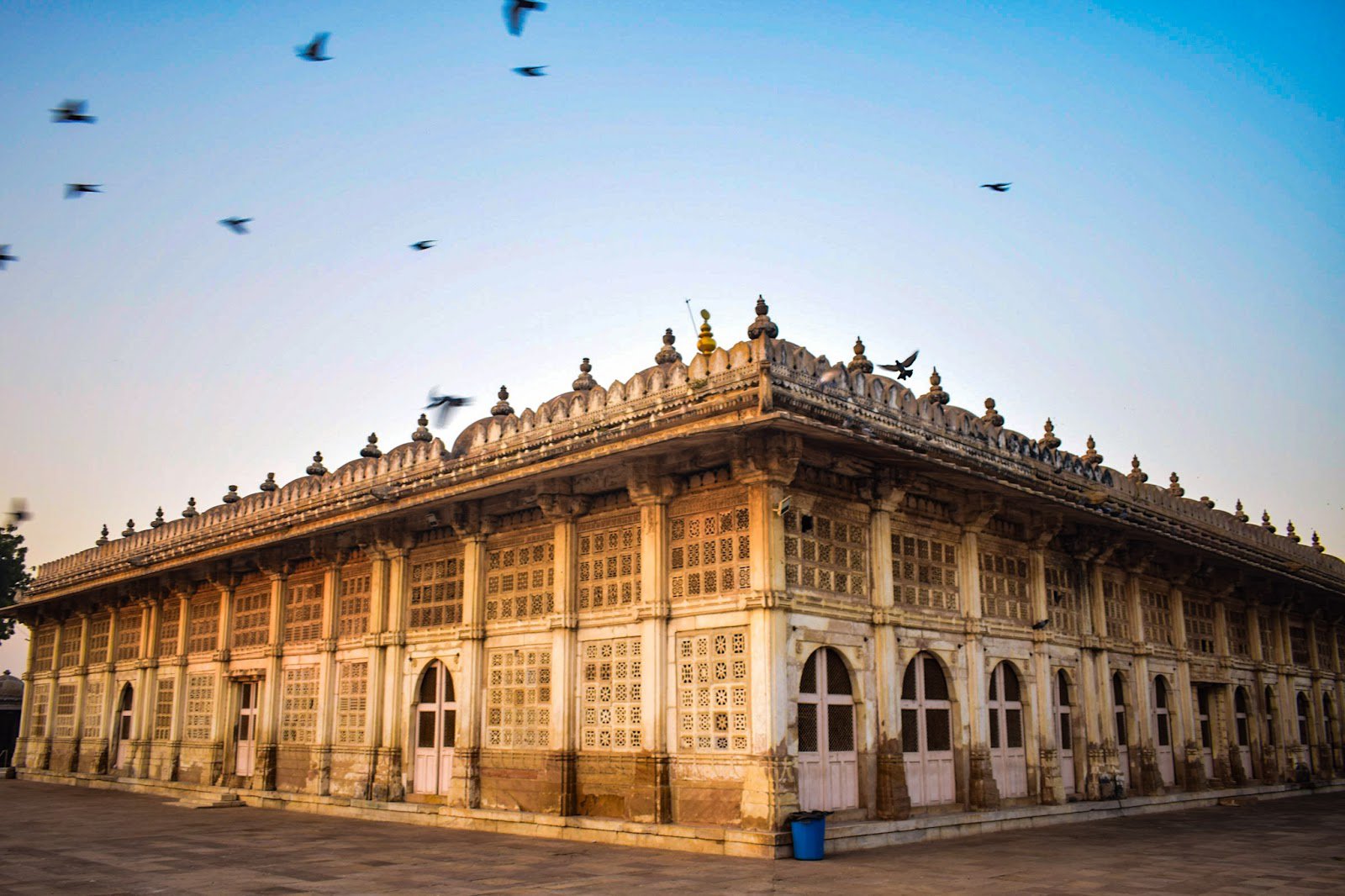
9. Salim Singh Ki Haveli in Jaisalmer, Rajasthan
Though Rajasthan is full of gorgeous havelis and forts, what sets Salim Singh Ki Haveli apart is its unique roof – which is constructed in the form of a peacock. Situated in the heart of the city, near the Jaisalmer Fort, the hill has 38 distinctly designed balconies and is a sight to behold.
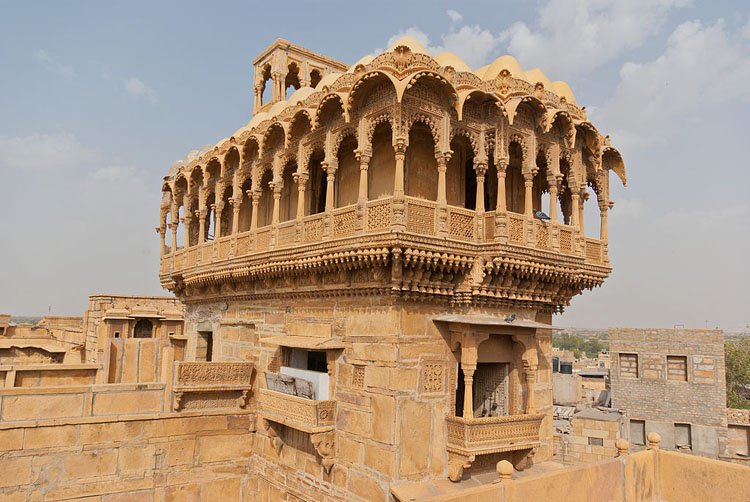
10. Rabdentse in Sikkim
At the time that Sikkim was a Kingdom, Rabdentse stood as its second capital. Today it lies in ruins (ravaged under the attack by the Gurkha army), and yet offers a vantage view of the Khanchendzonga range. Rabdentse is a part of the Buddhist religious pilgrimage circuit and today houses broken wall stubs, stone thrones, and palace ruins.
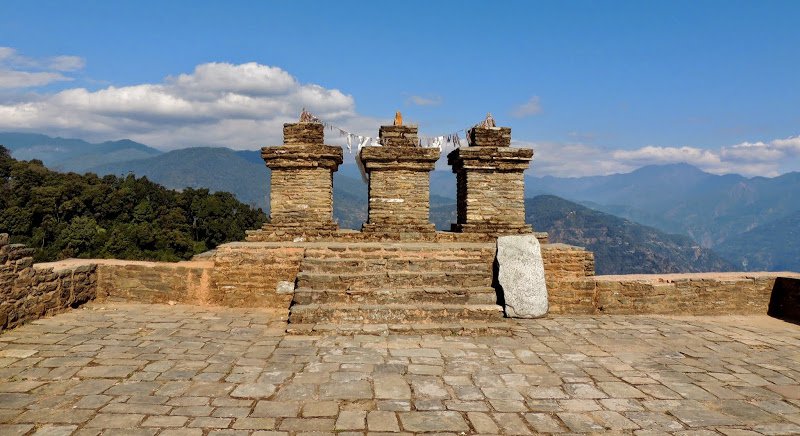
11. Maluti temples in Chota Nagpur Plateau, Jharkhand
A group of 72 terracotta temples make the Maluti group of temples. Built between the 17th to 19th centuries, this architectural wonder is one of the 12 most endangered cultural heritage sites across the globe as listed by the Global Heritage Fund
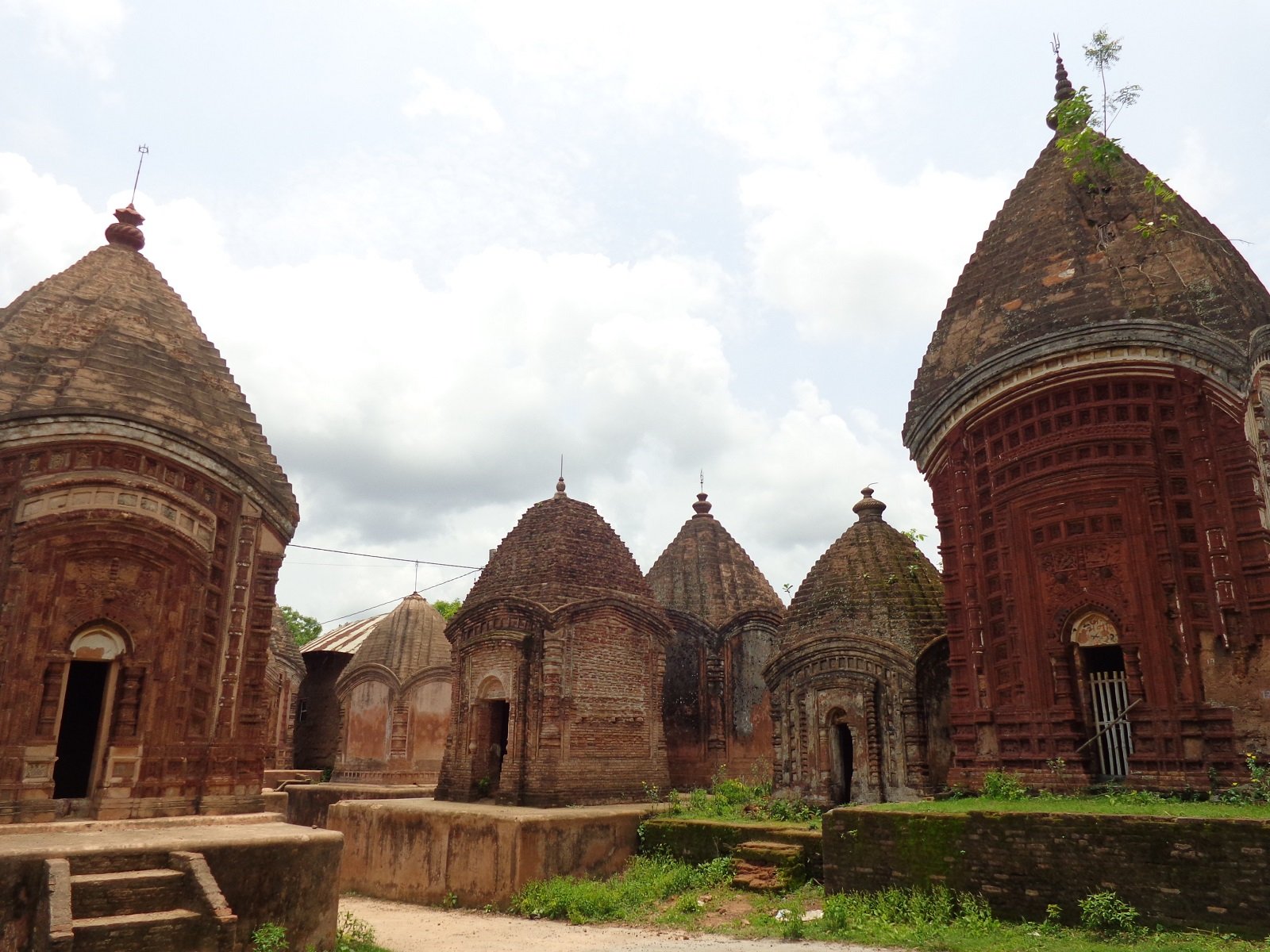
12. Arvalem Caves in Goa
Though Goa is famous for its shacks, beaches, and lazy life, the Arvalem Caves deserve an exploration. Also known as the ‘Pandava Caves’, the caves are naturally divided into five compartments with a shrine of a shivling in the middle. The caves also depict ancient Sanskrit and Brahmi inscriptions and ultimately lead to a spectacular waterfall.
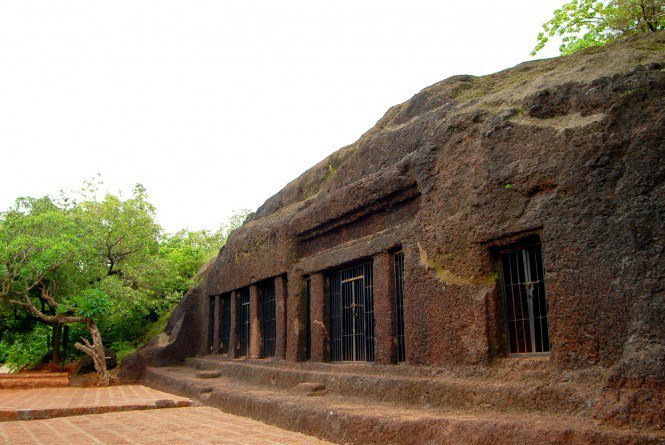
13. Undavalli caves in Andhra Pradesh
Carved from a single rock, this monolithic structure is a prime example of Indian rock-cut architecture from the seventh century. Supposedly carved out of solid sandstone, this is a four-storey structure with sculptures on the walls representing various deities.
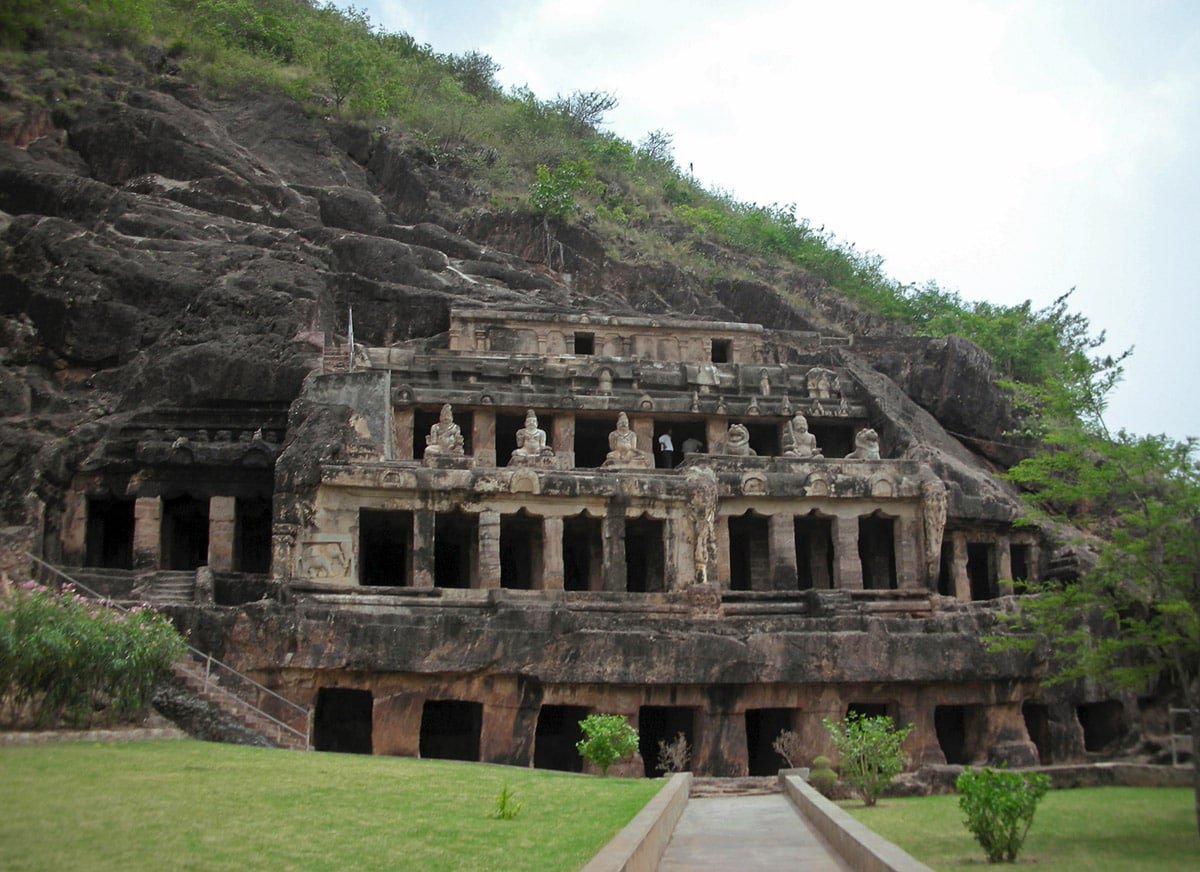
14. Phugtal Monastery in Zanskar Valley, Ladakh
Built around a natural cave, the Phugtal Monastery is one of the few monasteries in Ladakh that can be visited on foot. It is believed that 2,500 years ago Buddha’s legendary followers (16 Arhats) were one of the earliest inhabitants of the cave since their images are visible on the cave walls. In fact, the name Phugtal literally translates to ‘the cave of liberation’.
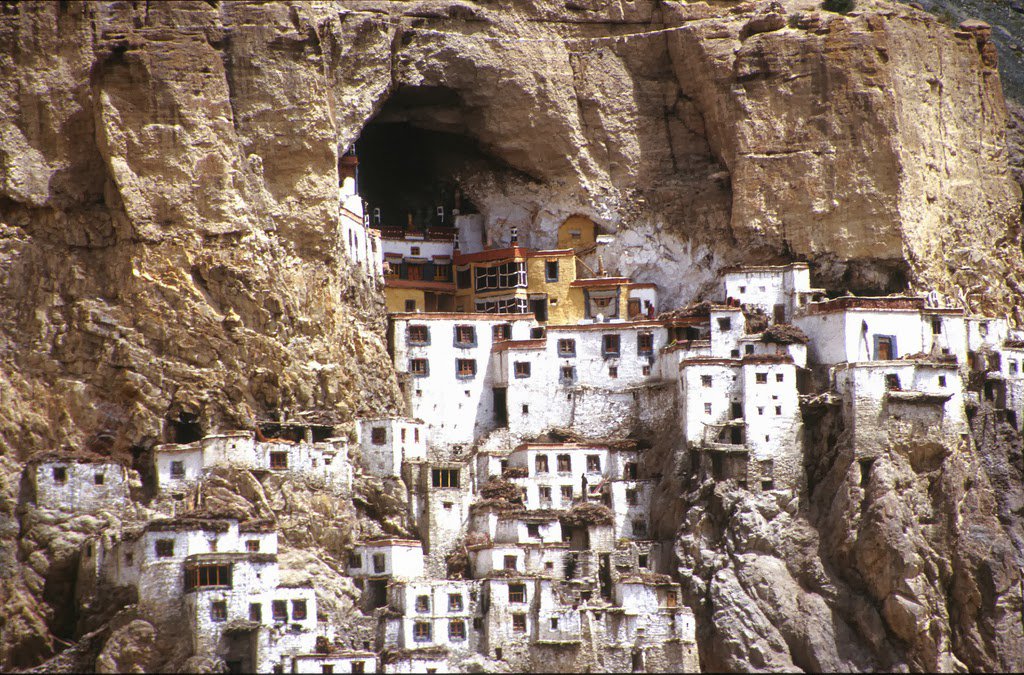
15. Champaner-Pavagadh Archaeological Park in Champaner, Gujarat
Another UNESCO World Heritage site, the various monuments at the site show the transition between Hindu and Muslim culture and architecture during the 15th and 16th centuries. It thus houses both, stepwells and mosques, ancient temples, and even forts with bastions.
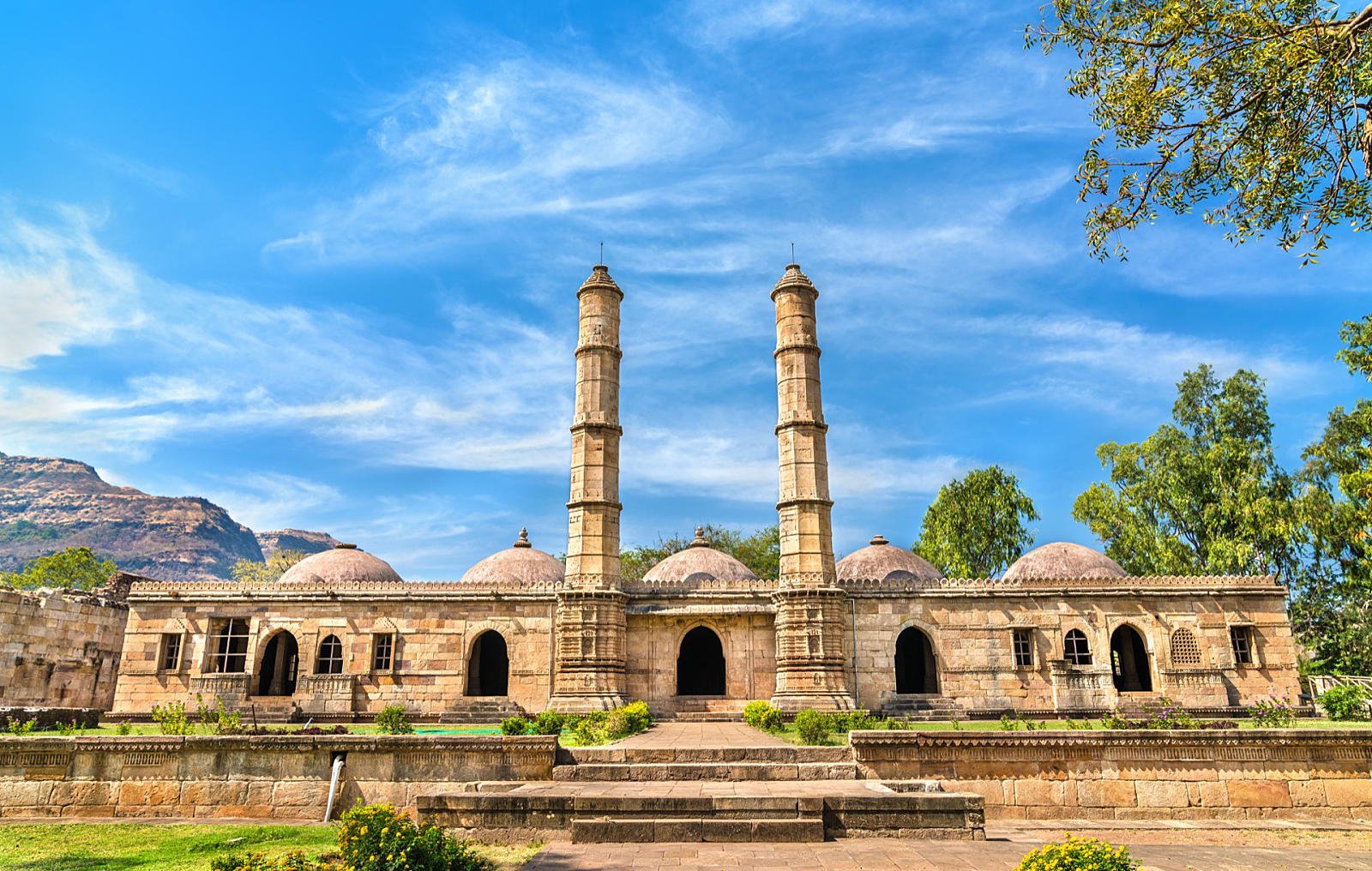
16. Orchha in Madhya Pradesh
Established by Rudra Pratap Singh in the early 1500s, this town is famous for its historic temples and forts (mahals). Especially remarkable are the chhatris (dome-shaped pavilions) that surround the historical fort and Betwa river in the region.
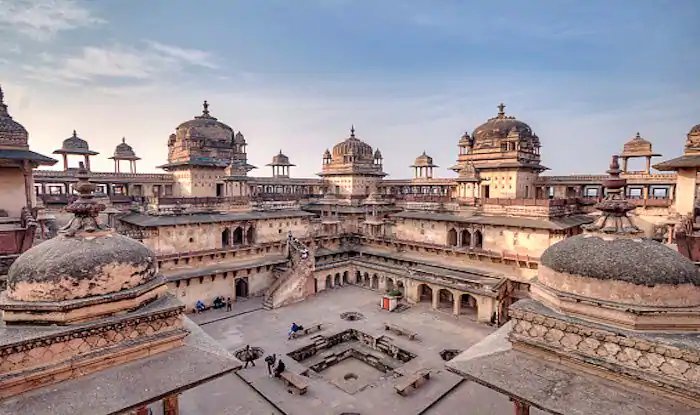
17. Veerabhadra Temple in Lepakshi, Andhra Pradesh
Lepakshi is one of India’s historical villages and the 16th-century Veerabhadra Temple is its main tourist attraction. The temple’s architectural style is clearly reminiscent of the Vijayanagara architecture and the fresco painting of the deities are one of the finest ever created. However, the one thing that truly sets the temple apart is the hanging pillar. One of the 70 stone pillars does not completely touch the ground and a thin sheet of paper or cloth can actually be placed underneath it. Yet, the temple stands tall.
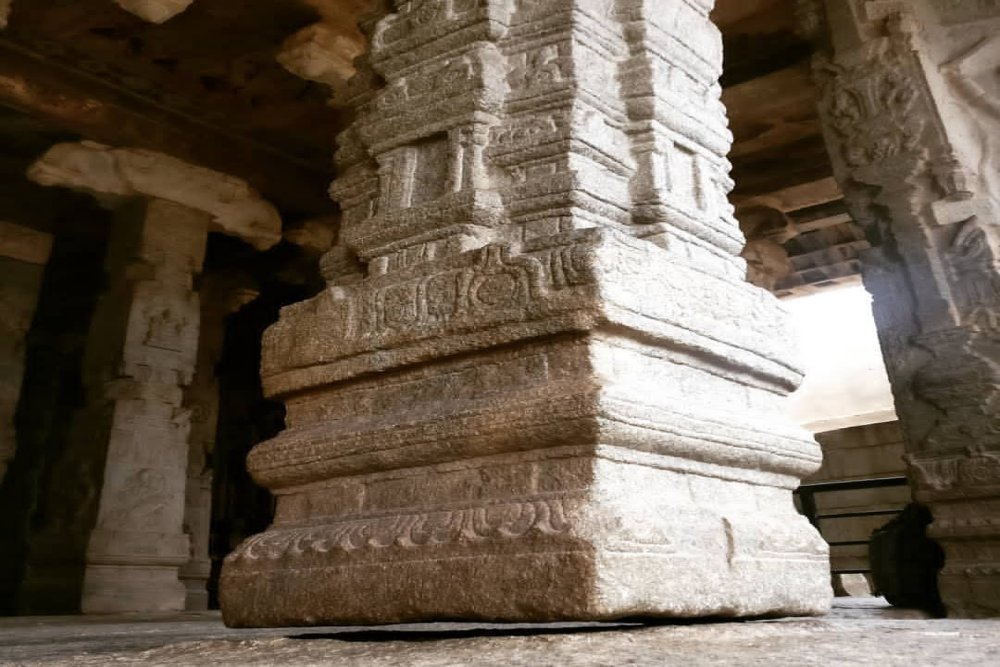
18. Chand Baori in Abhaneri, Rajasthan
One of Indian history’s strikingly beautiful stepwell, the Chand Baori consists of 3,500 narrow steps over 13 stories and is one of India’s deepest stepwells. Supposedly designed in a manner to conserve water, the structure has today been used in multiple Hindi movies. However, originally, its construction began in the 8th century and additions were made to it till the 18th century.
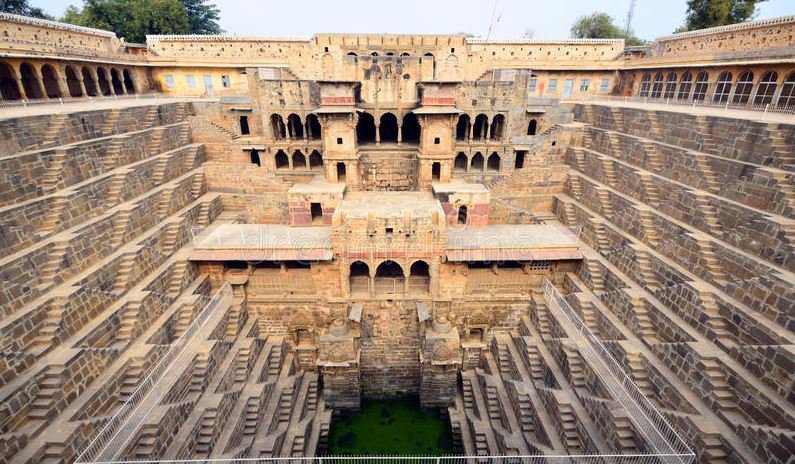
19. Kanch Mahal in Agra
Though Agra is renowned for Taj Mahal, the city is home to other lesser known but wonderful architectural structures. Like the Kanch Mahal. Built during the early 1600s, this square-shaped Mahal presents the best of domestic Mughal architecture. Carved out of red stone, the structure stands close to Akbar’s tomb in Sikandra Read and gets its name from the ample use of tiles in the construction.
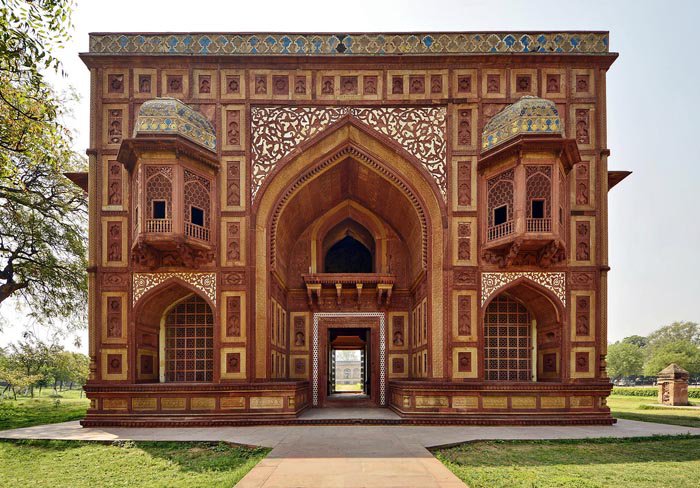
20. Maner Sharif in Patna, Bihar
An important tourist center, Maner Sharif is famous for the tombs of Sufi saints Makhdoom Yahya Maneri and Makhdoom Shah Daulat. The domed mausoleum has intricately designed walls, which is site to behold. Though known for the tombs, Maner is also home to a Buddhist and Jain temple.
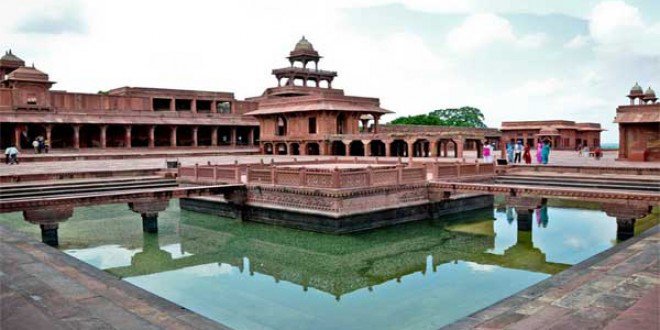
21. Kumbalgarh Fort in Mewar, Rajasthan
Though Rajasthan is home to numerous spectacular forts, what sets the 15th-century Kumbalgarh Fort apart is that it has the second-longest continuous wall in the world, after the Great Wall of China. The second largest fort in India after the Chittor fort, it is a UNESCO World Heritage Site and only a two-hour drive from Udaipur.
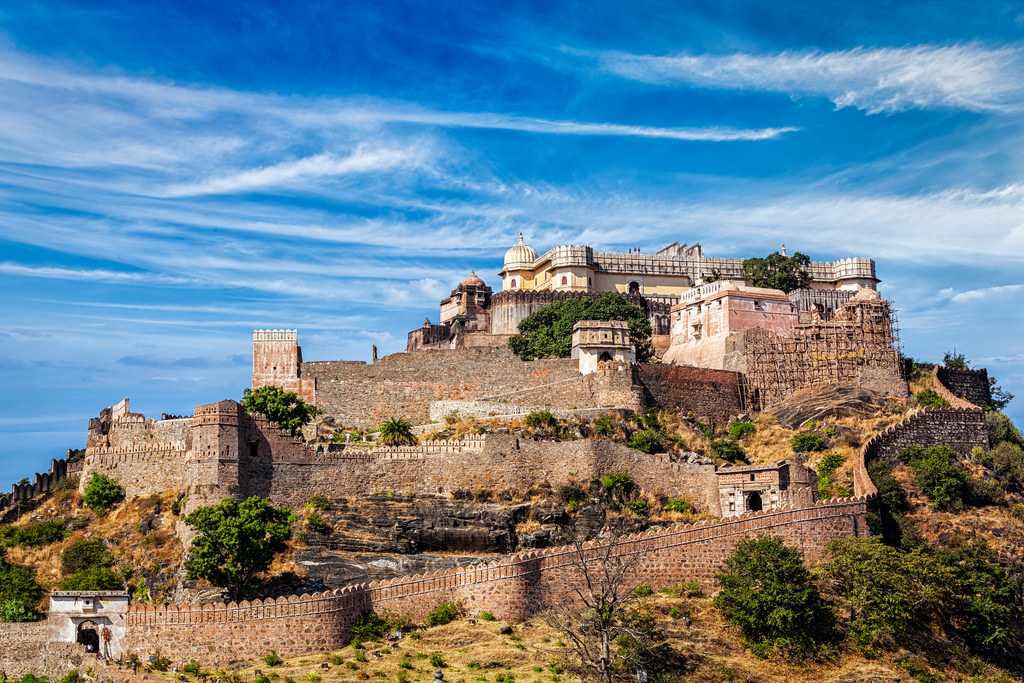
22. Halebidu in Hassan, Karnataka
During the 12th century, Halebidu was the regal capital of the Hoysala Empire. Today it represents temples that are some of the finest examples of the Hoysala architecture. While Belur is the more famous site for examples of Hoysala architecture, Halebidu is definitely worth a visit.
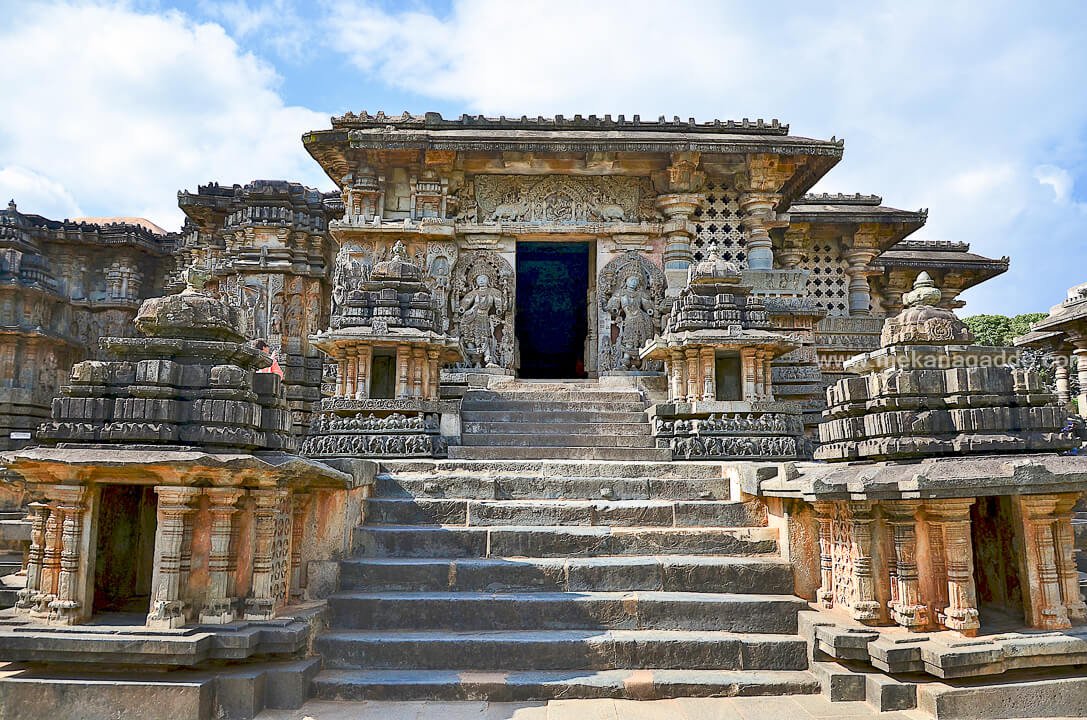
23. Bidar in Karnataka
Colloquially referred to as the ‘City of Whispering Monuments’, Bidar is a city rich in sites that have great architectural and historical significance. The 500-year-old Bidar fort or the recently discovered Karez System (water supply system) are some of the more famous structures.
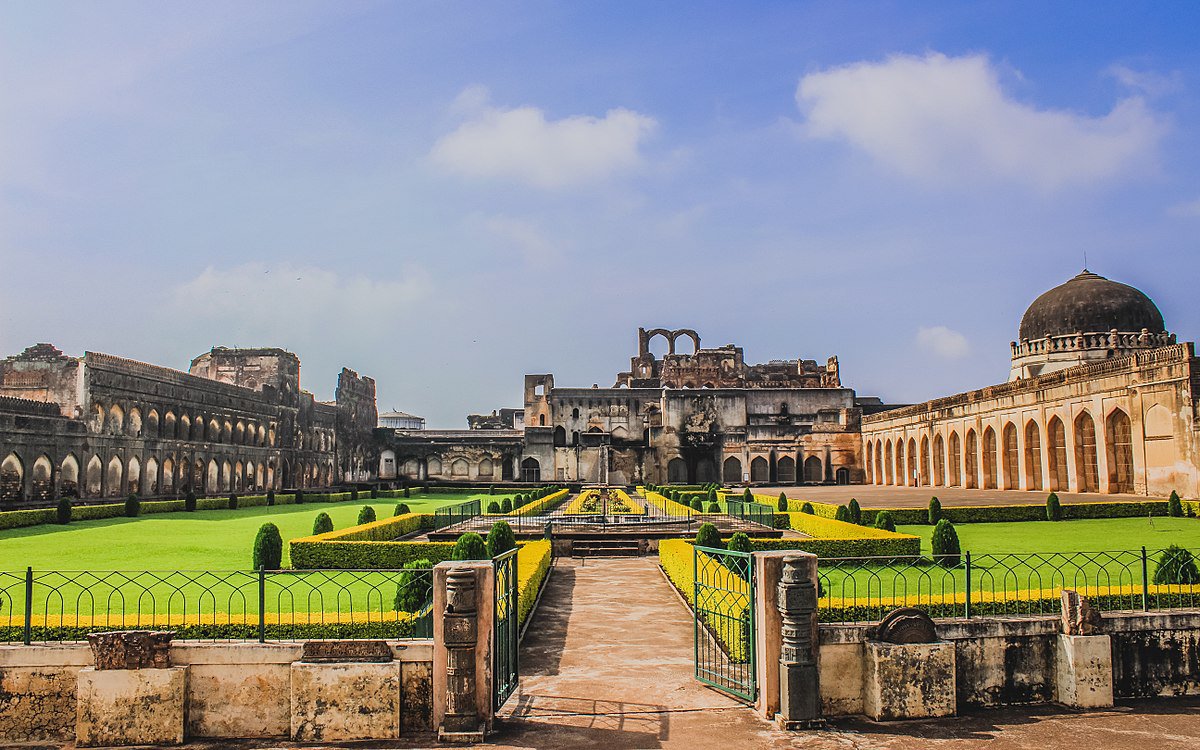
India is home to some of the most unique, fascinating, and important historical sites that definitely deserve to be explored by tourists and travelers both.





